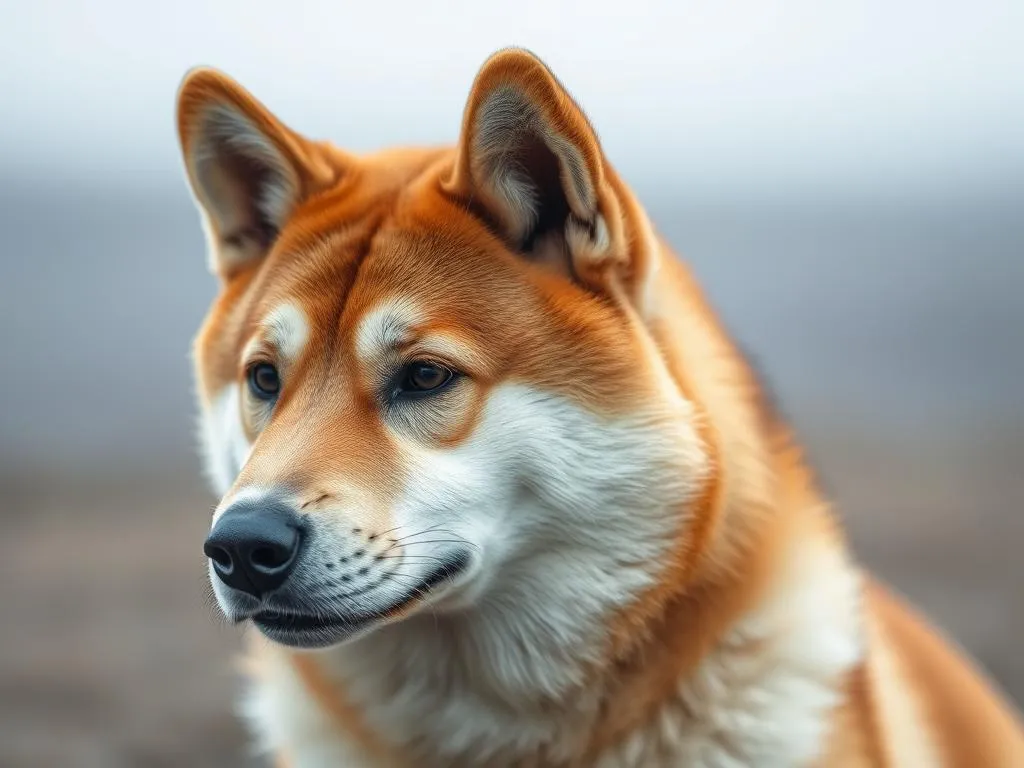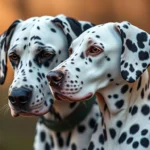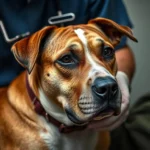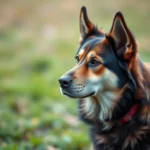
Introduction
Dog health care is an essential aspect of pet ownership that significantly impacts the quality of life for our furry companions. Among the various breeds, the Shiba Inu has gained popularity for its spirited personality and fox-like appearance. Understanding the Shiba Inu lifespan and how long they typically live is crucial for owners to provide the best care possible for their pets. This article aims to explore the lifespan of Shiba Inus while offering valuable health care tips to ensure their overall well-being.
Understanding the Shiba Inu Breed
Origin and History
The Shiba Inu is one of the oldest and smallest native Japanese dog breeds, originally bred for hunting small game in mountainous regions. Their name translates to “brushwood dog,” which reflects their agility and ability to navigate through dense underbrush. The breed was nearly extinct after World War II but has since rebounded and gained international recognition. Known for their spirited nature, loyalty, and independent streak, Shiba Inus have become a beloved choice for many dog lovers worldwide.
General Characteristics
Shiba Inus are known for their compact size, typically weighing between 17 to 23 pounds and standing about 13.5 to 16.5 inches tall at the shoulder. Their unique appearance includes a curled tail, erect ears, and a fox-like face, making them instantly recognizable. In terms of temperament, Shiba Inus are intelligent, alert, and often described as “cat-like” in their behavior. They can be reserved with strangers but are devoted and affectionate with their families.
Shiba Inu Lifespan
Average Lifespan of Shiba Inus
The Shiba Inu lifespan generally ranges from 12 to 15 years, though some may live longer with proper care. Several factors can influence their longevity, including genetics, diet, exercise, and overall health care. Understanding these aspects can help owners maximize their pets’ lifespan and ensure they live happy and healthy lives.
Common Health Issues Affecting Lifespan
Despite their robust nature, Shiba Inus are prone to specific health problems that can affect their lifespan. Some of the most common issues include:
- Hip Dysplasia: A genetic condition where the hip joint doesn’t fit properly into the hip socket, leading to arthritis and pain.
- Patellar Luxation: A condition where the kneecap dislocates, causing mobility issues.
- Eye Conditions: Such as cataracts and glaucoma, which can lead to vision problems.
- Autoimmune Disorders: Conditions like autoimmune hemolytic anemia can affect their immune system and overall health.
Regular veterinary check-ups are crucial for early detection and management of these health issues, which can ultimately help extend a Shiba Inu’s lifespan.
Essential Health Care Practices for Shiba Inus
Nutrition and Diet
Proper nutrition is vital for maintaining the health and longevity of Shiba Inus. A balanced diet tailored to their specific needs can prevent obesity and related health issues. Here are some essential tips for feeding your Shiba Inu:
- High-Quality Dog Food: Choose premium dog food that lists meat as the first ingredient. Look for formulas specifically designed for small to medium breeds.
- Portion Control: Monitor portion sizes to prevent overeating. Follow the feeding guidelines on the dog food packaging and adjust based on your dog’s activity level.
- Fresh Water: Always provide access to clean, fresh water to keep your Shiba Inu hydrated.
Regular Exercise and Mental Stimulation
Shiba Inus are active and energetic dogs that require regular exercise to stay healthy. Here are some recommendations for keeping your Shiba Inu fit and mentally stimulated:
- Daily Walks: Aim for at least 30-60 minutes of exercise each day, which can include walks, playtime in the yard, or trips to the dog park.
- Interactive Toys: Use puzzle toys and treat-dispensing devices to challenge your dog’s mind and keep them engaged.
- Training Sessions: Incorporate training into your daily routine to provide mental stimulation while reinforcing good behavior.
Grooming Needs
Maintaining grooming is essential for the health and well-being of your Shiba Inu. Regular grooming not only keeps their coat clean but also helps prevent skin issues. Here’s what you should consider:
- Brushing: Shiba Inus have a double coat that sheds heavily, especially during seasonal changes. Brush them at least once a week to reduce shedding and matting.
- Bathing: Bathe your dog as needed, typically every few months, or if they become particularly dirty. Use a mild dog shampoo to avoid skin irritation.
- Nail Trimming: Regularly trim your Shiba Inu’s nails to prevent overgrowth, which can lead to discomfort and mobility issues.
Preventative Care
Preventative care is a cornerstone of maintaining your Shiba Inu’s health. Here are some critical aspects of preventative care:
- Vaccinations: Keep your dog up to date on vaccinations to protect against common diseases.
- Parasite Prevention: Use flea, tick, and heartworm prevention to safeguard your dog from these harmful parasites.
- Dental Care: Dental health is often overlooked but is crucial for overall well-being. Brush your dog’s teeth regularly and consider dental chews or treats to help keep their teeth clean.
Aging and Geriatric Care for Shiba Inus
Recognizing Signs of Aging
As Shiba Inus age, they may exhibit various physical and behavioral changes. Being aware of these signs can help you adapt your care to meet their needs:
- Reduced Activity: Older Shiba Inus may slow down and require less exercise.
- Weight Changes: Watch for weight gain or loss, as these can indicate health issues.
- Behavioral Changes: Increased irritability or changes in sleeping patterns can be signs of discomfort or cognitive decline.
Adjusting Care for Senior Dogs
Caring for an aging Shiba Inu involves adjusting their diet, exercise routine, and living environment to accommodate their changing needs:
- Diet: Senior dog food formulas are available that cater to the nutritional requirements of older dogs.
- Exercise: Opt for shorter, more frequent walks instead of longer sessions, and engage in low-impact activities.
- Comfort: Provide a comfortable, quiet space for your dog to rest, and consider orthopedic beds to support their joints.
End-of-Life Care Considerations
End-of-life care is a sensitive topic but an essential aspect of being a responsible pet owner. Discussing palliative care options with your veterinarian can help ensure your Shiba Inu’s comfort in their final days. Here are some considerations:
- Quality of Life: Evaluate your dog’s quality of life regularly, considering their pain levels, mobility, and overall enjoyment of life.
- Making Decisions: Difficult decisions may arise regarding euthanasia. Consult with your veterinarian to discuss the best options for your dog’s comfort and well-being.
Conclusion
In summary, understanding the Shiba Inu lifespan and how long they typically live is an integral part of responsible dog ownership. By prioritizing proper nutrition, regular exercise, grooming, and preventative care, you can significantly enhance your Shiba Inu’s quality of life and longevity. As they age, adapting your care approach will ensure that they remain comfortable and happy. Ultimately, the love and attention you provide will contribute to a fulfilling life for your beloved Shiba Inu.









